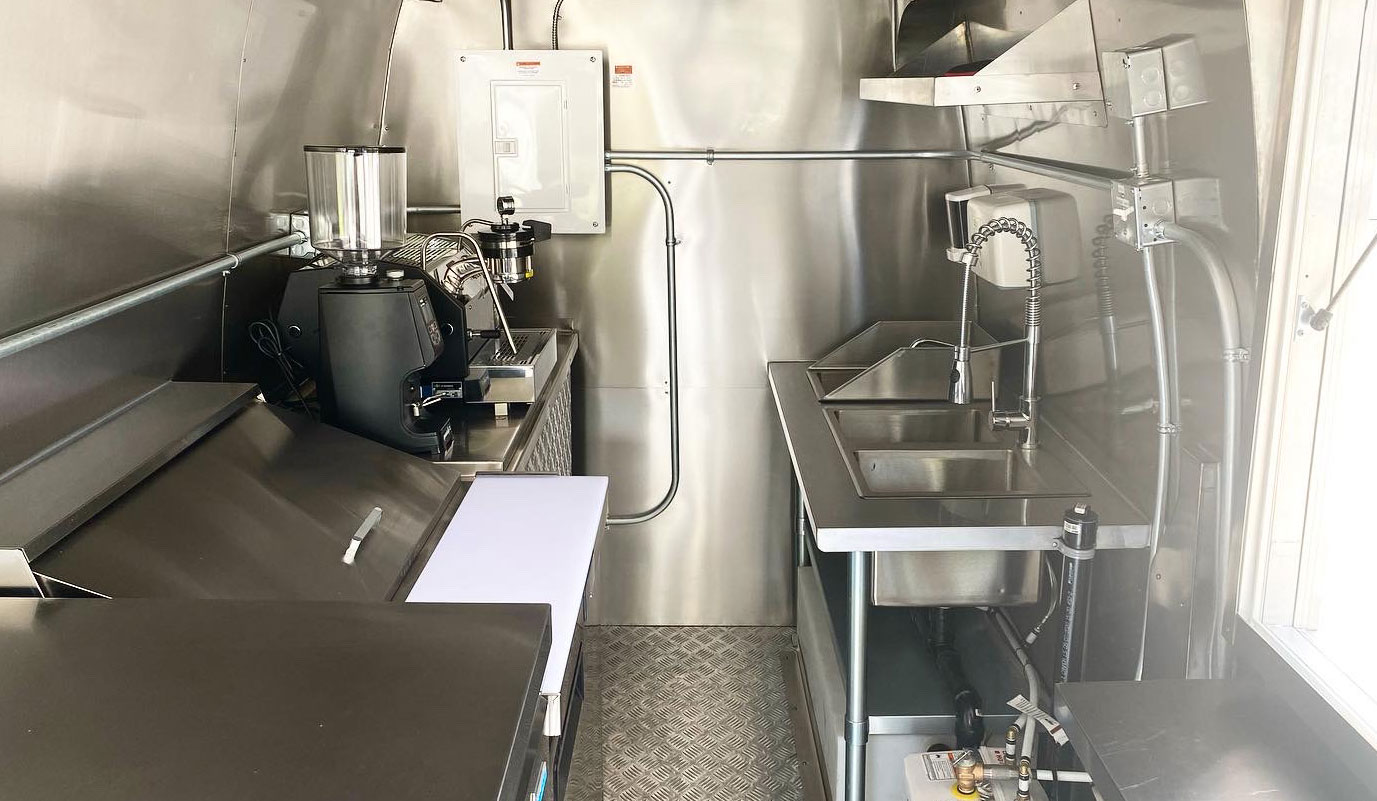Cleaning Routines for Food Truck Kitchens

To ensure that your food truck personnel are performing their job, you must ensure that the truck is cleaned during and after each shift. A clean, safe, and well-maintained truck should be your first priority. You and your employees should feel like you’ve just stepped into a brand-new, unblemished kitchen the next time you enter the truck.
Every time you’re in the kitchen, undertake the following cleaning tasks:
- Between cooking red meat, poultry, and fish, clean the grill.
- Clean the kitchen and prep areas using a broom or mop.
- It is time to swap out the cutting boards.
- Using public garbage receptacles rather than privately owned dumpsters, empty the trash can.
- The following truck kitchen cleaning duties should be completed after each shift:
- Clean the frying pans.
- The microwave needs to be sanitized (inside and outside).
- Brush the grate.
- Inspect and disinfect all surfaces (cutting boards, the service window ledge, cooking line, and prep tables).
- It is necessary to empty and clean the steam table.
- Wrap all of the cooler’s bins with plastic.
- Clean the carpet and rugs.
- It’s time to clean the truck’s floor!
- Ensure the following duties are completed at the conclusion of each working day:
- Replace any foil linings on your grill, range, and flattops.
- Opener should be cleaned.
- The hood filters may either be washed by hand or put in the dishwasher.
- What to include in your weekly truck kitchen cleaning checklist:
- Rinse and disinfect the coolers.
- Using a sponge, scrub the lime deposits off the sinks and faucets until they are clean.
- Take a look at the coffee maker and clean it up.
- Clean out the ovens. Take note of the manufacturer’s instructions and adhere to them.
- Sharpening a knife is not cleaning, yet it is necessary.
Take care of your cast iron.
The following duties should be completed on a monthly basis:
- Reduce the accumulation of grease behind the hot-line (ovens, stoves, and fryers) by washing.
- Clean the freezers.
- Clean and disinfect the ice maker.
- Calibrate the ovens.
- Thermometers should be calibrated.
- Clean the walls and the ceilings with soap and water.
- Use a broom to clean the dry storage space.
- Refill your first aid supplies.
- Material safety data sheets (MSDS) for chemicals in your kitchen need to be updated.
Finally, your biannual and yearly vehicle cleaning/safety checklist should include the following items: a
- The exhaust hoods should be cleaned twice yearly.
- The cleaning of range hoods is a specialty of certain businesses. Attempting to complete this task on your own may be both time-consuming and untidy. Using the internet or your local yellow pages, you may easily find reputable businesses.
- Make that the fire extinguishers are working properly (this task may need to be done twice a year, depending on where you live).
- Make that the fire extinguishing system is working properly.
- Make sure the pilot lights on gas-powered kitchen appliances are clean.
- Professional pest control companies can examine your car for symptoms of bugs and remove them.
- When you take your truck out of winter storage, be sure to do your yearly inspections. The month before to your yearly health department inspection is the best time to do personal inspections.
- Schedule all of your weekly responsibilities for the same day of the week (say Sunday), so that you and your team can stick to a routine.
- Having your monthly responsibilities scheduled on a particular day of the month (such as the first of the month) will help you stick to a routine.
Leave a Reply